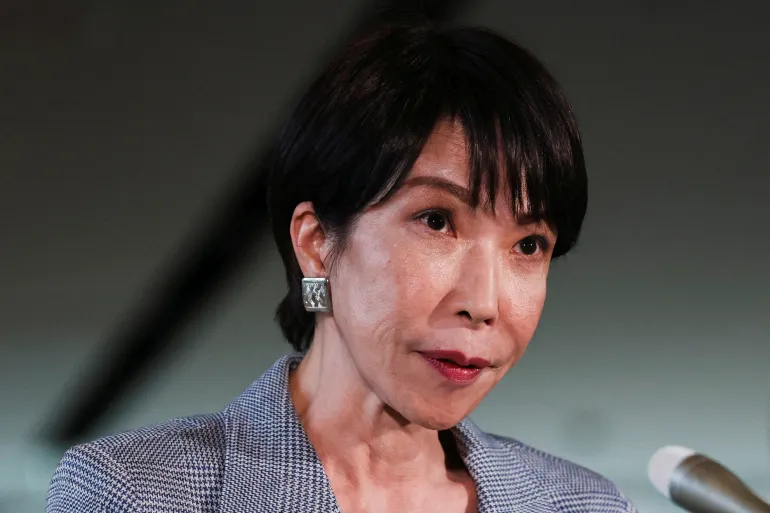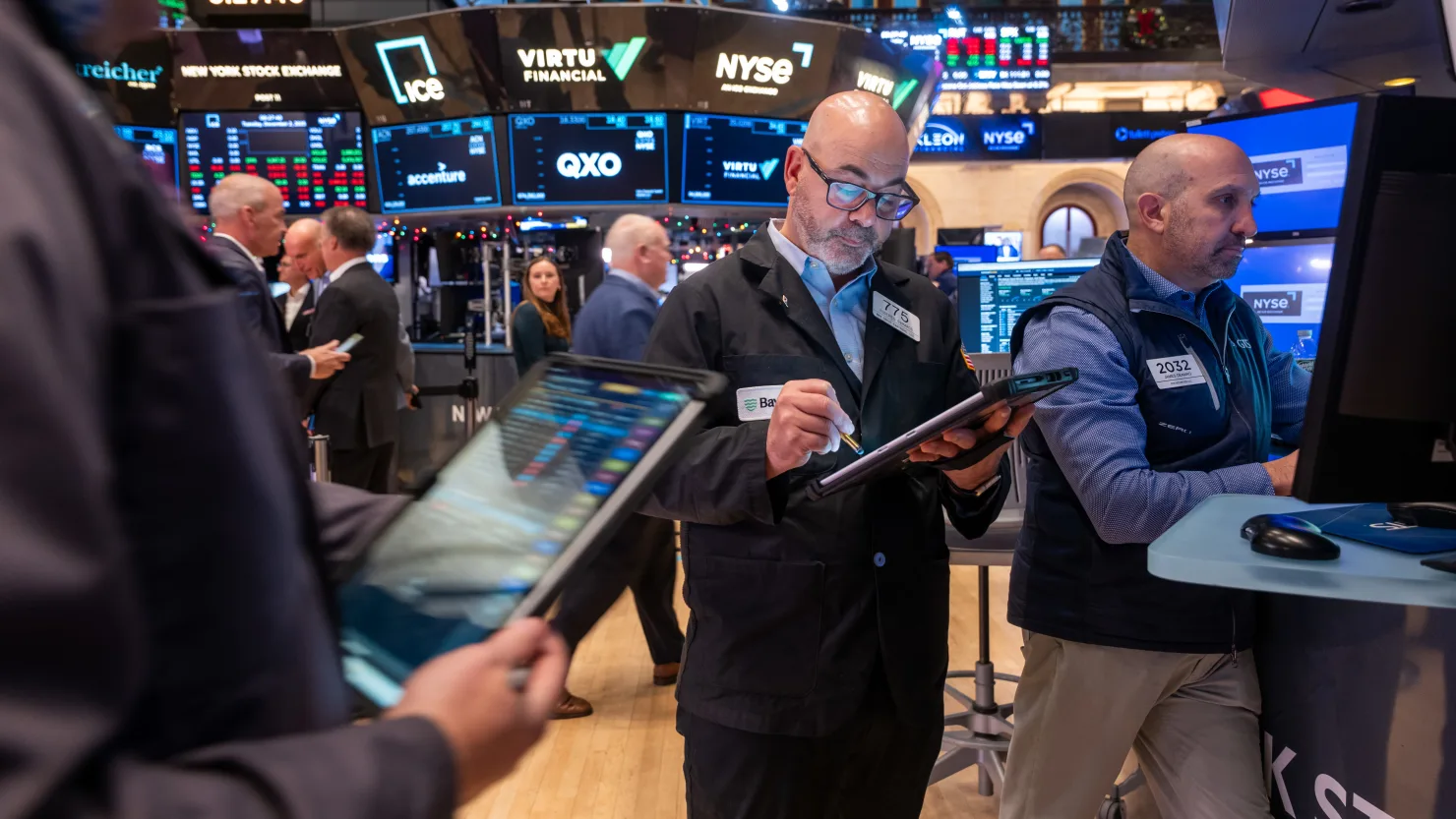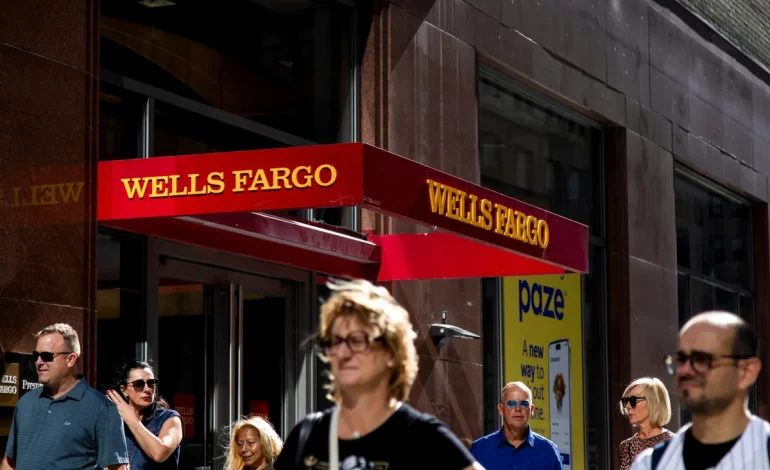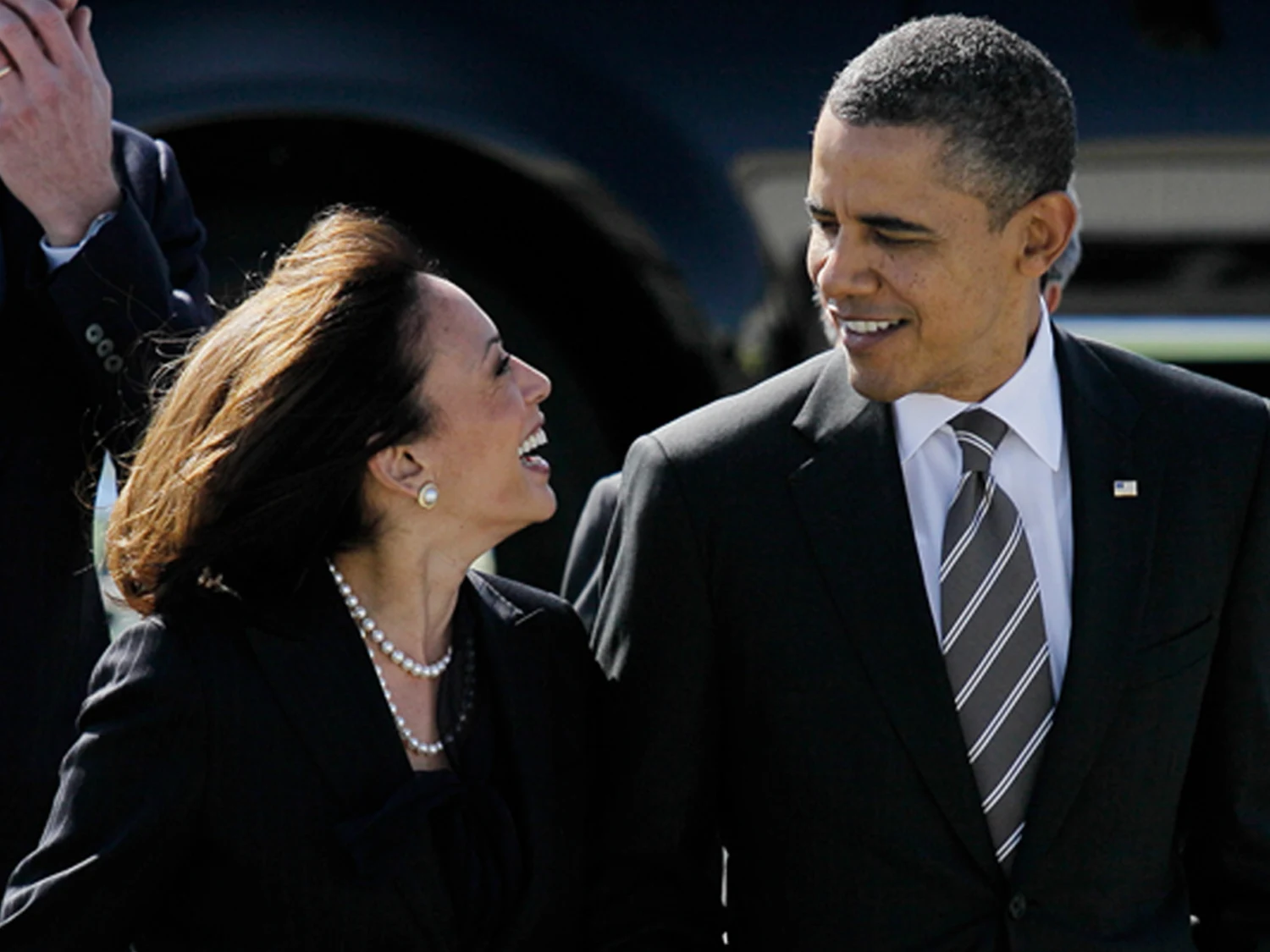Wells Fargo has reached a major turning point in its recovery from past misconduct, as the Federal Reserve has officially lifted the asset cap that has limited the bank’s growth since 2018.
The move ends more than six years of restrictions that prevented the US’s fourth-largest bank from expanding its balance sheet while competitors seized market opportunities.
The $1.95 trillion asset cap, introduced after a series of compliance failures—including the creation of millions of unauthorized customer accounts—had effectively stalled Wells Fargo’s growth in deposits and lending. On Tuesday, the Fed announced it was removing the cap, citing “substantial progress” by the bank in improving its internal controls, risk management systems, and governance frameworks.
Wells Fargo CEO Charlie Scharf, who took over in 2019, called the decision “a pivotal milestone.” Under his leadership, the bank has restructured its operations, revamped its management team, and worked to restore credibility with regulators and the public. Scharf noted that the bank is now “a different and far stronger company” as a result of these efforts.
Scharf, a former CEO of Visa and BNY Mellon and a protégé of JPMorgan Chase’s Jamie Dimon, has long argued that the asset cap restricted Wells Fargo’s ability to compete effectively—particularly during periods of rapid financial expansion, such as the COVID-19 stimulus era and the 2023 regional banking crisis.
With the cap lifted, Wells Fargo can now actively pursue growth in key areas such as commercial lending, corporate banking, and wealth management. It is also expected to compete more aggressively for deposits, which had been carefully rationed under the cap. From 2019 through 2024, deposits across the US banking system grew by more than a third, while Wells Fargo’s increased by just 5%, largely due to the limitations placed on its balance sheet.
The bank’s ability to expand its trading and investment banking operations may also improve. Analysts expect that increased balance sheet flexibility will help Wells offer more financing to clients and strengthen its presence in capital markets.
Wells Fargo shares rose more than 2% in premarket trading following the Fed’s announcement, reflecting investor optimism. While the immediate impact may not be dramatic, analysts note that the removal of the cap repositions the bank as a more formidable player, particularly at a time when deposit competition is intensifying across the sector.
Regional banks and smaller lenders, in particular, could feel the pressure. Many of them rely heavily on the spread between deposits and loans, and Wells’s reentry into full competition for deposits may shift market dynamics.
Despite the milestone, Wells Fargo is not entirely free of oversight. Other elements of the 2018 enforcement actions remain in place, and the bank continues to face scrutiny from the Office of the Comptroller of the Currency (OCC) and the Consumer Financial Protection Bureau (CFPB). Some lawmakers, including Senator Elizabeth Warren, have raised concerns that further regulatory relief could be premature.
Still, industry observers point out that the asset cap—unlike traditional financial penalties—acted as a persistent constraint and incentive for internal reform. Wells Fargo’s ability to maintain compliance and sustain disciplined growth will now be closely watched.
With input from Quartz, Bloomberg, and the Wall Street Journal.









The latest news in your social feeds
Subscribe to our social media platforms to stay tuned